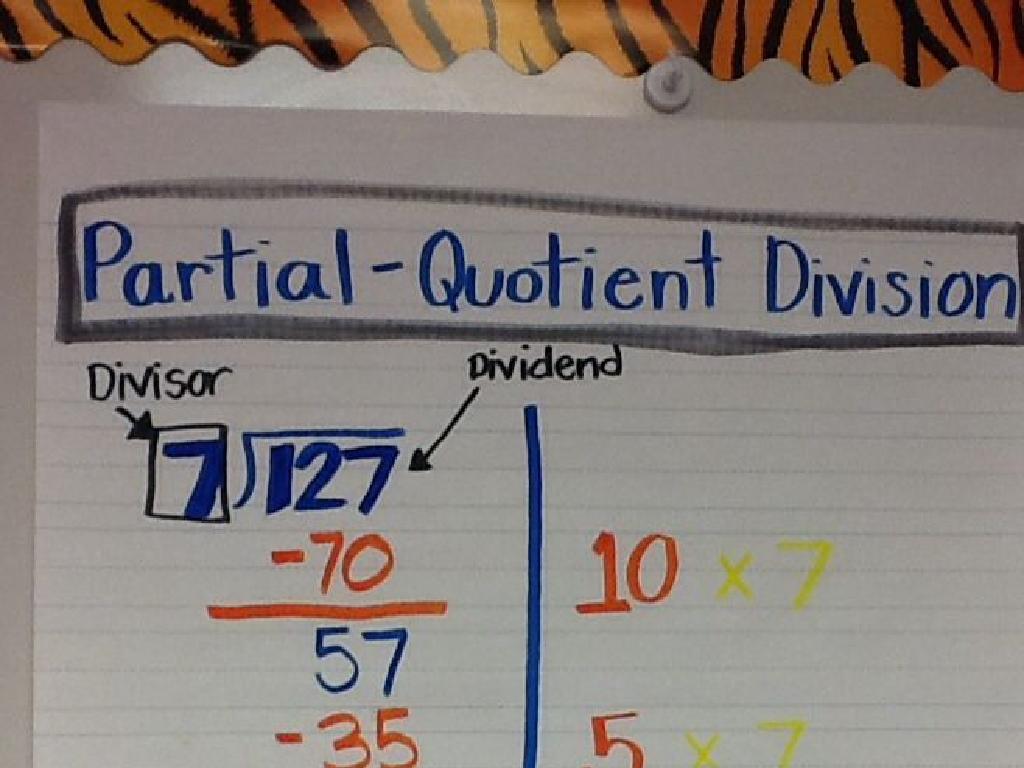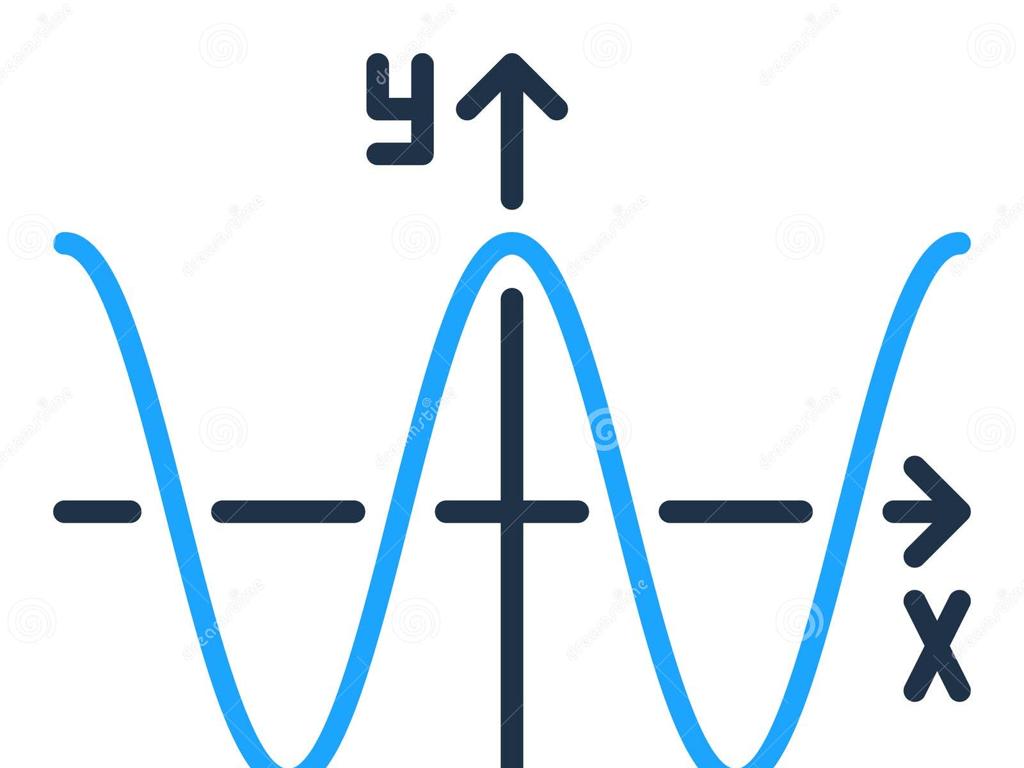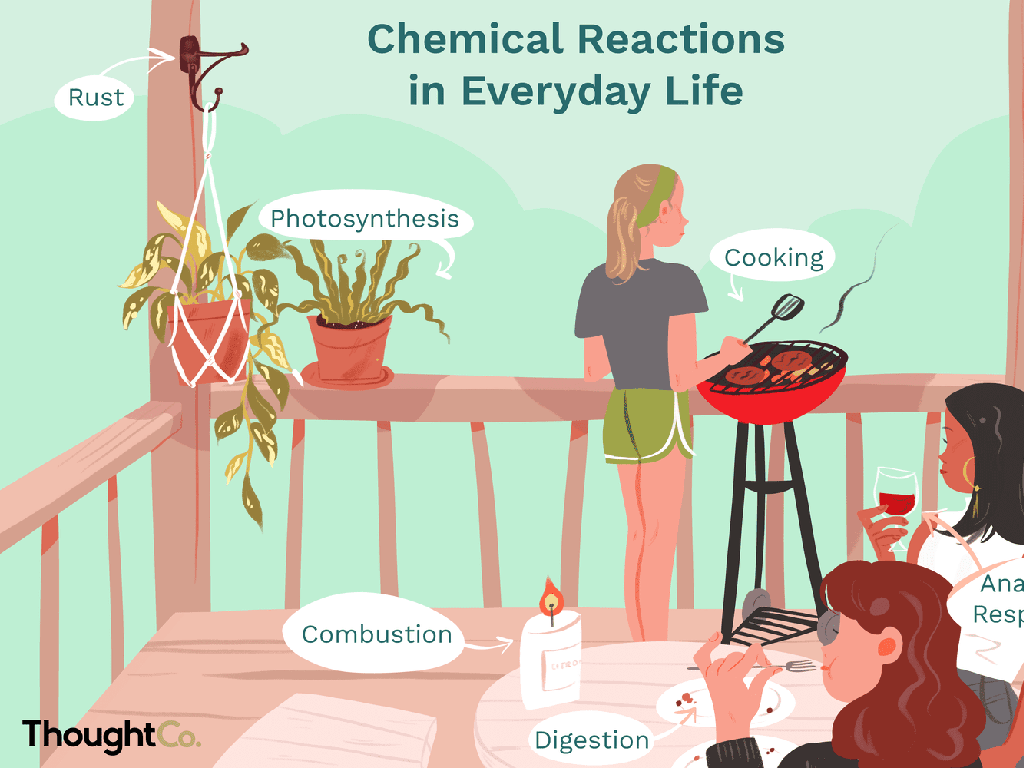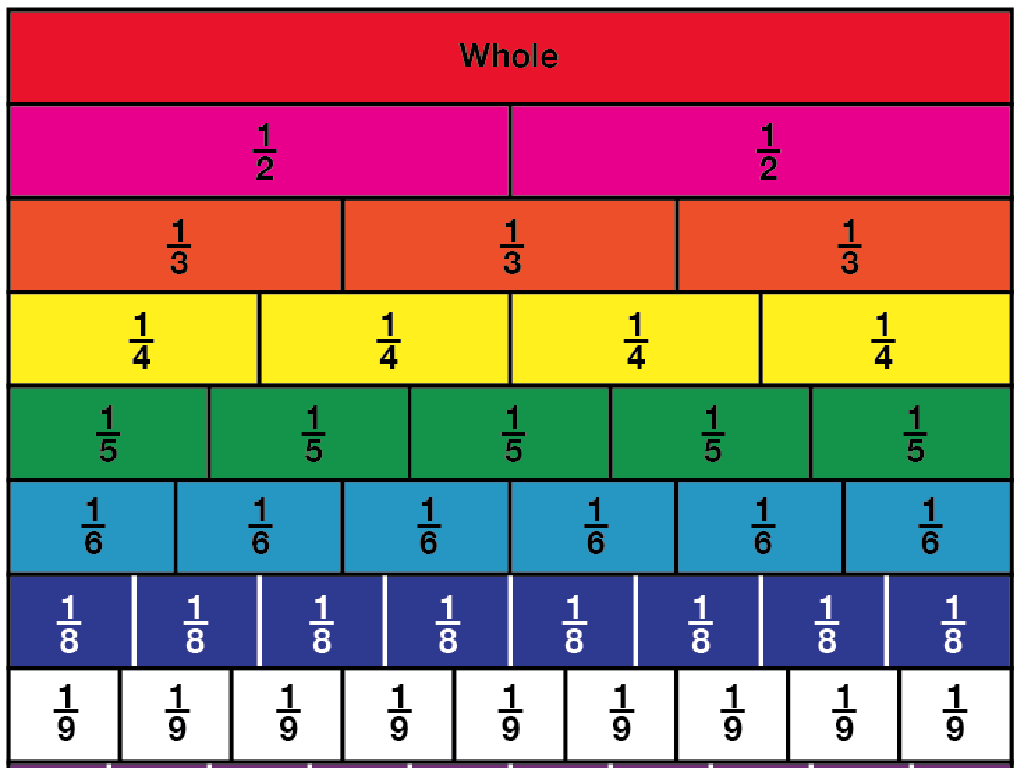Read Historical Fiction
Subject: Language arts
Grade: Third grade
Topic: Literary Texts: Level 2
Please LOG IN to download the presentation. Access is available to registered users only.
View More Content
Welcome to Historical Fiction!
– Understanding Fiction
– Fiction is a story from the author’s imagination.
– Defining Historical Fiction
– Historical Fiction is set in the past with real events and/or people.
– Exploring Examples
– ‘Little House on the Prairie’ shows life in the 1800s.
– Why Historical Fiction Matters
– It helps us learn about history in a fun, engaging way.
|
This slide introduces students to the genre of historical fiction, which combines the imaginative storytelling of fiction with the factual backdrop of historical events. Start by explaining that fiction is a made-up story, then describe how historical fiction is unique because it is set in a real historical time period and may include real-life historical figures. Provide examples of historical fiction suitable for third graders, such as ‘Little House on the Prairie’, which can give them a vivid picture of life in the past. Emphasize the value of historical fiction in making history accessible and interesting, helping students to connect with and understand the past through relatable stories.
Exploring Historical Fiction
– Fiction vs. Non-Fiction
– Fiction is made-up; non-fiction is true.
– Traits of Historical Fiction
– Set in the past, with real-world events and fictional characters.
– Author’s purpose for Historical Fiction
– To teach history, create relatable stories, or provide a new perspective.
– Understanding the genre
|
This slide introduces students to the genre of historical fiction, helping them differentiate between fictional stories and non-fictional accounts. Historical fiction combines factual historical events with fictional characters and narratives. Authors often write historical fiction to make history more engaging, to explore ‘what if’ scenarios, and to add emotional depth to historical events. Encourage students to think about the stories they know and identify elements that might make them historical fiction. Discuss how understanding the time period can help us better understand the characters’ actions and challenges.
Time Travel with Books: Exploring the Past
– Historical fiction is a time machine
– It’s like traveling back in time to meet interesting characters and experience events.
– Stories bring the past to life
– Imagine living in a castle or sailing on a pirate ship through the words of a book.
– Spotting the setting in history
– Look for clues in the story that tell us the time period, like clothes or buildings.
– Understanding the ‘when’ and ‘where’
– Knowing the time and place helps us understand the characters and their adventures.
|
This slide introduces students to the concept of historical fiction as a genre that combines storytelling with historical facts, allowing them to ‘travel’ back in time. Emphasize how these stories can make history come alive by providing vivid images of life in different time periods. Encourage students to use their imagination to fully immerse themselves in the story. Teach them to be detectives, looking for clues in the text that reveal the historical setting. Discuss the importance of understanding the setting to fully grasp the context of the characters’ actions and the events that unfold. This will prepare them for reading and recognizing historical fiction in their assignments and leisure reading.
Meet the Characters in Historical Fiction
– Fictional vs. Historical Characters
– Learn the difference between made-up characters and real historical figures.
– Relate to characters from the past
– How characters from long ago had lives like and unlike ours.
– Imagine living in another time
– Think about the differences in daily life, clothes, and activities.
– Class discussion activity
|
This slide introduces students to the concept of historical fiction and its characters. Start by explaining the difference between fictional characters created by the author and actual historical figures who lived in the past. Encourage students to connect with characters from different eras by comparing their lives, emotions, and experiences with their own. Prompt them to use their imagination to consider what it would be like to live in another time period. Engage the class in a discussion to share their thoughts and feelings about stepping into the shoes of someone from the past. This activity will help students empathize with characters and deepen their understanding of the historical context in the stories they read.
Discover the Setting in Historical Fiction
– Understanding ‘Setting’
– ‘Setting’ is where and when a story takes place.
– Historical settings shape stories
– The time period and location can affect characters and events.
– Activity: Draw a historical scene
– Use a book’s description to illustrate a scene from the past.
|
This slide introduces the concept of ‘setting’ in historical fiction, emphasizing its importance in shaping the narrative. Explain that the setting includes both the time period and the location where the story unfolds, and it can greatly influence the characters’ lives and the events that occur. For the activity, provide students with vivid descriptions from a historical fiction book and ask them to draw the setting. This will help them visualize and understand the historical context. Encourage creativity and discussion about how different settings can change the story. Provide guidance on historical accuracy and relevance to the story’s events.
Plot Twists in Historical Fiction
– Understanding ‘Plot’
– A plot is the main events of a story, arranged to entertain
– Famous historical plot twists
– ‘I Survived’ series often includes surprising turns in history
– Creating story suspense
– Suspense keeps readers guessing what will happen next
– Why twists excite readers
– Twists make stories unpredictable and engaging
|
This slide introduces the concept of plot and plot twists within the genre of historical fiction, tailored for a third-grade audience. Begin by explaining that a plot is the sequence of events that make up a story. Use examples from popular historical fiction books for children, like the ‘I Survived’ series, to illustrate memorable plot twists. Discuss how authors create suspense by leaving clues and building tension, which makes readers eager to turn the page. Emphasize that plot twists add excitement and keep stories interesting because they surprise the reader. Encourage students to think of any stories they’ve read that included a plot twist and how it made them feel.
Fact vs. Fiction in Historical Stories
– Differentiate fact from fiction
– Historical facts are true events, while fiction is made up by the author.
– Blending facts makes stories interesting
– Stories come to life when real events are mixed with imaginative characters.
– Activity: Spotting fact vs. fiction
– Read an excerpt and highlight what really happened and what’s creative storytelling.
|
This slide introduces the concept of distinguishing between historical facts and fictional elements in historical fiction. Explain that historical facts refer to actual events or people from the past, while the fictional part of the story includes made-up characters or details that the author imagines. Discuss why authors blend these elements to create a more engaging and relatable story. For the activity, provide students with a short excerpt from a historical fiction book. Guide them to identify and list the factual information and the fictional aspects. This exercise will help them understand how to recognize the blend of fact and fiction in historical narratives. Encourage group discussion to see different perspectives on what they identified as fact or fiction.
Reading Time: Exploring Historical Fiction
– Read a historical fiction story
– Engage in listening and comprehension
– Listen carefully and understand the story
– Discuss historical fiction elements
– Identify characteristics like real dates, people, or events mixed with fiction
– Reflect on the story’s time and setting
– Think about when and where the story takes place
|
This slide is designed to introduce third-grade students to the genre of historical fiction through an interactive reading session. Start by selecting a short historical fiction story appropriate for their reading level. After reading, conduct a listening and comprehension exercise to ensure students have understood the story. Then, lead a discussion on the elements of historical fiction present in the story, such as the setting in a particular period of history, real historical events, or characters that may have existed. Encourage students to reflect on how these elements combine with fictional plots to create an engaging story. This activity will help students differentiate historical fiction from other genres and understand how authors can creatively teach us about the past.
Be a Historical Fiction Writer
– Write your own story
– Pick a time period
– Choose an exciting time in history!
– Create your characters
– Imagine people from the past
– Activity: Craft a story paragraph
– Use your imagination to write a short paragraph about an adventure in your chosen time period.
|
This slide is designed to inspire students to create their own historical fiction stories. Begin by explaining what historical fiction is and how it blends real historical facts with imaginative writing. Encourage students to choose a time period they find interesting, such as Ancient Egypt or the Wild West. Discuss how to create characters that could have lived during that time. For the activity, guide students to write a short paragraph that sets the scene for their story, including descriptions of the setting and what their characters are doing. Provide examples and brainstorm as a class to help them get started. After writing, students can share their paragraphs with the class. This activity will help develop their creative writing skills and understanding of historical contexts.
Class Activity: Time Capsule
– Create our class time capsule
– Write your historical fiction story
– Imagine you’re in the past and write a short story
– Choose items representing today
– Think of objects that show how we live and what we like
– Discuss what we value now
– Share ideas about why these items are important
|
This activity is designed to engage students with historical fiction by having them contribute to a class time capsule. Each student will write their own short historical fiction story, allowing them to explore and understand the genre. Additionally, they will select items that represent our current era, which will help them reflect on their own lives and the world around them. This activity will culminate in a discussion about the significance of the chosen items, fostering critical thinking and appreciation for the present. Provide guidance on story writing, and facilitate the discussion to ensure each student understands the importance of their contributions.
Conclusion & Reflection on Historical Fiction
– Recap of today’s learning
– Value of Historical Fiction
– Understand past events & people’s lives
– Share your lesson thoughts
– Did you enjoy the stories? Why or why not?
– Reflect on new insights
– How has your view of history changed?
|
This slide aims to wrap up the lesson by revisiting the key points discussed. It’s crucial to emphasize the importance of historical fiction in understanding the past and developing empathy for people who lived in different times. Encourage students to express their opinions about the lesson and the stories they read. Ask them how historical fiction might have changed their perspective on history or what new things they learned about a particular time period. This reflection helps to consolidate their learning and appreciate the genre’s value in providing a more engaging way to learn history.






